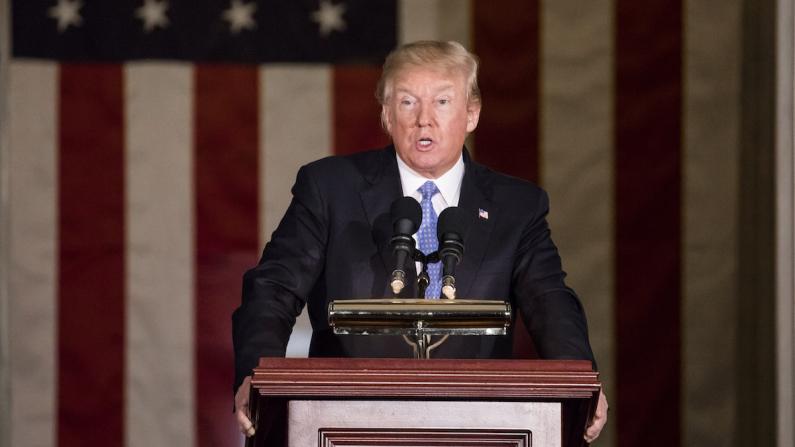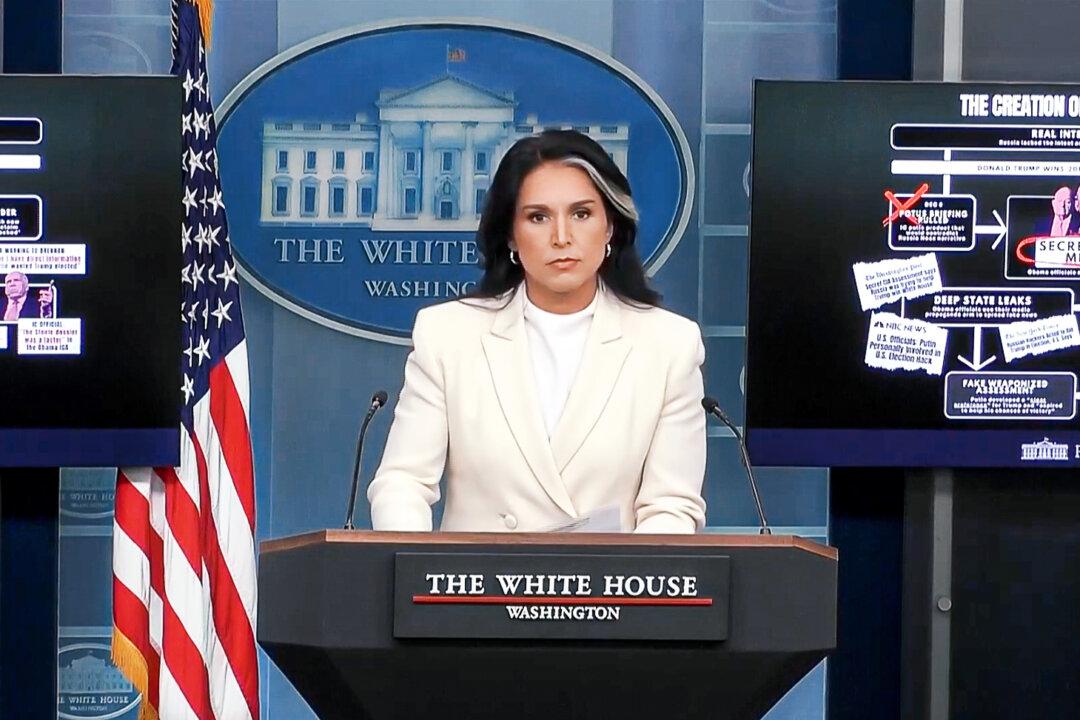In the biggest shakeup of the decades-old food stamp program, the Trump administration proposed on Monday to substitute part of the monthly cash payments with “100 percent American grown food” given to recipients.
Under the budget proposal unveiled on Monday, households which receive more than $90 monthly in food stamp cash would “receive a portion of their benefits in the form of a USDA Foods package, which would include items such as shelf-stable milk, ready to eat cereals, pasta, peanut butter, beans and canned fruit, vegetables, and meat, poultry or fish.”





